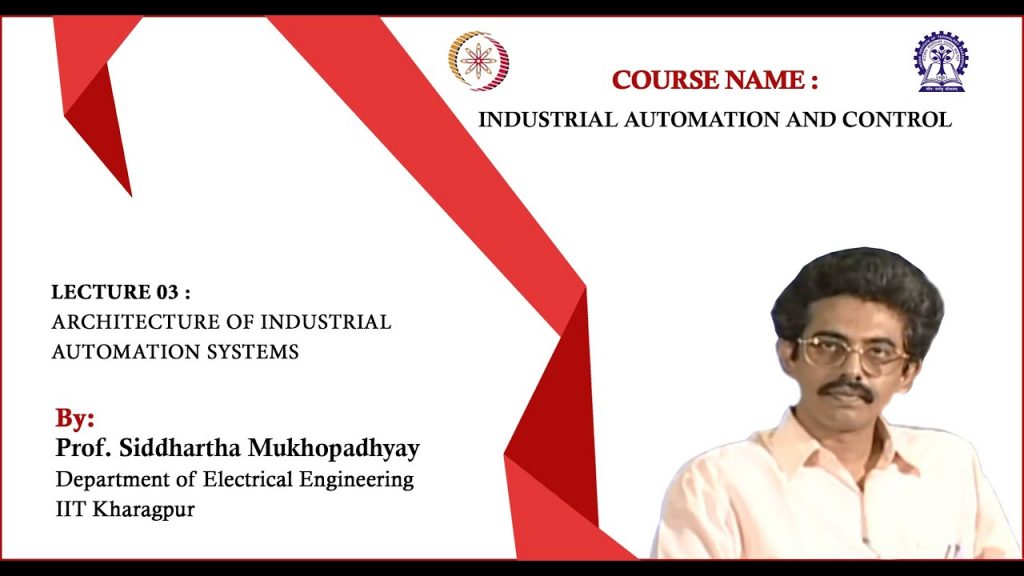Industrial Automation: Revolutionizing the Manufacturing Landscape
Introduction:
In today’s rapidly evolving world, the manufacturing industry is experiencing a paradigm shift, thanks to Industrial Automation. This groundbreaking technology has revolutionized the way factories operate, ensuring efficient and streamlined processes that boost productivity and reduce costs. In this article, we will delve into the world of Industrial Automation, exploring its architecture, benefits, and applications.
Part 1: Understanding Industrial Automation
Industrial Automation refers to the use of advanced technologies and control systems to automate industrial processes, replacing manual labor with machinery. It encompasses a wide range of applications, including robotics, computer numerical control (CNC), programmable logic controllers (PLCs), and artificial intelligence (AI).
1.1 Architecture of Industrial Automation Systems
To comprehend Industrial Automation, it is essential to understand its architecture. Industrial Automation systems consist of several components that work together seamlessly to ensure optimal functionality. These components include:
1. Sensors: Sensors play a crucial role in Industrial Automation by collecting data from the manufacturing environment. They monitor various parameters such as temperature, pressure, humidity, and motion.
2. Actuators: Actuators are devices that receive signals from the control system and initiate physical action. They are responsible for executing commands and controlling the movement of machinery.
3. Control System: The control system acts as the brain of the Industrial Automation setup. It processes the data received from sensors and sends signals to actuators, instructing them on how to perform specific tasks.
4. Human-Machine Interface (HMI): The HMI is the interface through which operators interact with the Industrial Automation system. It provides real-time data visualization, allowing operators to monitor and control the manufacturing processes.
Part 2: Benefits of Industrial Automation
2.1 Increased Productivity
One of the primary advantages of Industrial Automation is the significant boost in productivity it offers. Automated systems can perform tasks with greater speed and precision, eliminating human errors and increasing overall output. This leads to improved efficiency and faster production cycles, enabling companies to meet customer demands more effectively.
2.2 Cost Reduction
Industrial Automation helps reduce operational costs by minimizing the need for human labor. By automating repetitive and labor-intensive tasks, companies can streamline their workforce, resulting in lower labor expenses. Additionally, automation systems optimize resource utilization, leading to reduced energy consumption and material wastage.
2.3 Enhanced Safety
Automation eliminates the need for human operators to engage in potentially hazardous tasks, ensuring a safer working environment. By removing workers from dangerous situations, the risk of accidents and injuries is significantly reduced. This not only protects employees but also helps companies avoid legal and financial liabilities.
Part 3: Applications of Industrial Automation
3.1 Manufacturing Industry
The manufacturing industry has witnessed a transformative impact through the adoption of Industrial Automation. From assembly lines to quality control processes, automation has revolutionized every aspect of manufacturing. It enables faster production cycles, improved product quality, and increased flexibility in meeting customer demands.
3.2 Logistics and Warehousing
In the logistics and warehousing sector, Industrial Automation has improved efficiency and accuracy. Automated systems can handle tasks such as inventory management, order picking, and packaging, ensuring faster order fulfillment and reducing errors. This translates into optimized supply chain operations and enhanced customer satisfaction.
3.3 Healthcare and Pharmaceuticals
Industrial Automation has also found significant applications in the healthcare and pharmaceutical sectors. From robotic surgeries to automated drug dispensing, automation has revolutionized patient care and medication management. It enables precise and error-free processes, ensuring better treatment outcomes and patient safety.
Conclusion:
Industrial Automation has emerged as a game-changer in the manufacturing landscape, offering numerous benefits such as increased productivity, cost reduction, and enhanced safety. With its wide-ranging applications in various industries, it is clear that automation is here to stay. Embracing this technology is crucial for companies aiming to stay competitive and thrive in the ever-evolving business landscape.
Check the coil packing solution with a leading manufacturer for professional solutions just here. Industrial Robot
“Industrial Automation Systems: Unveiling the Architectural Framework and Applications”
